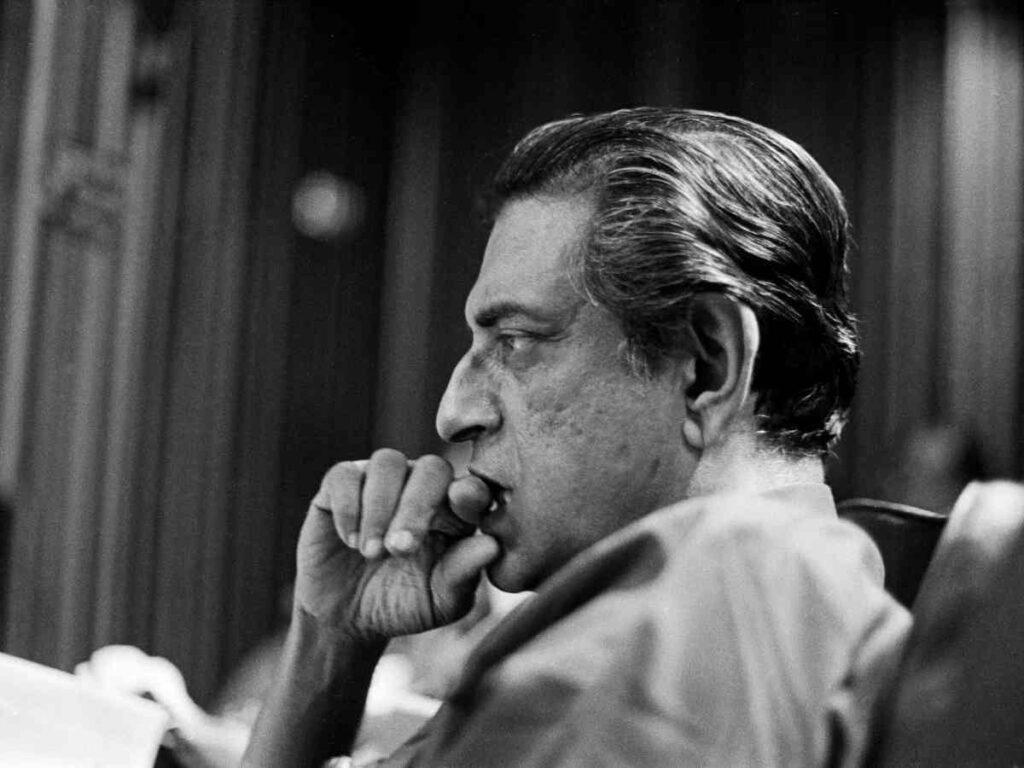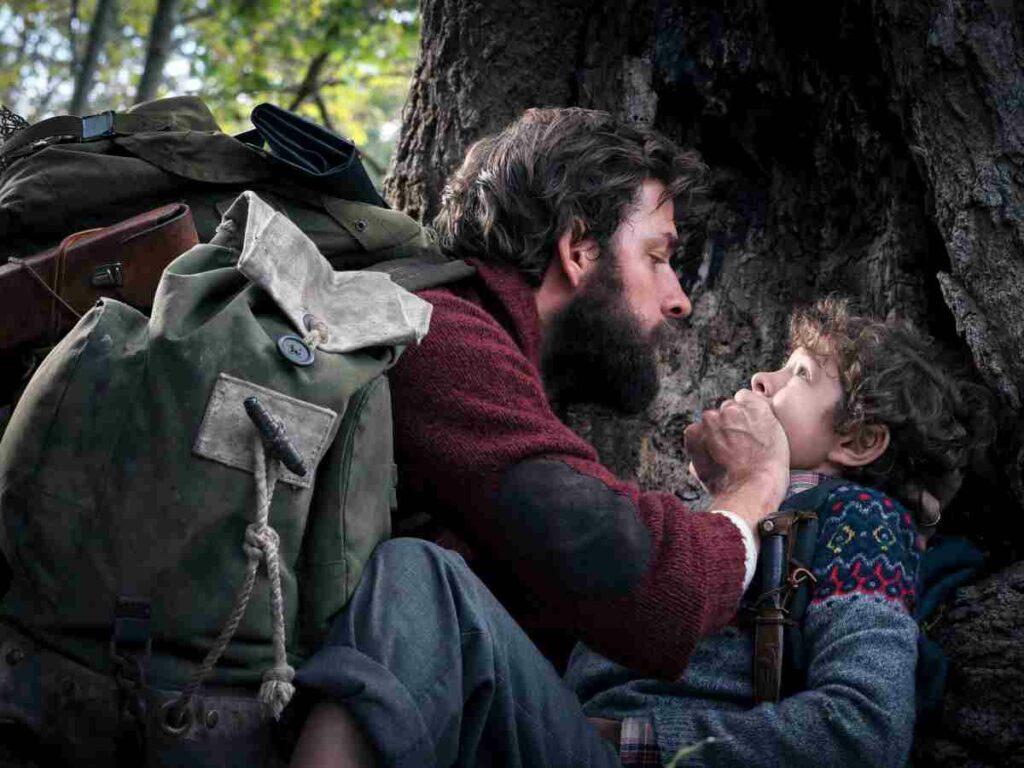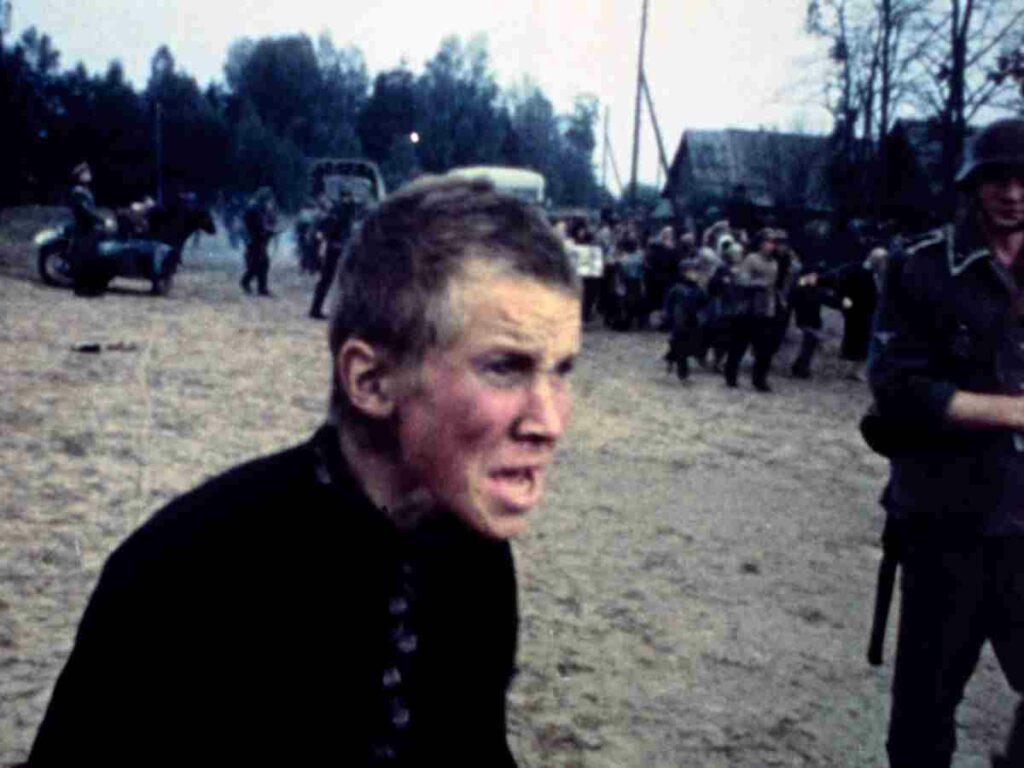(This article was updated on January 18, 2024). From the Apu trilogy to Charulata (1964), here are the greatest Satyajit Ray movies.
Satyajit Ray films, marked by their lyrical realism and profound humanism, have transcended geographical and cultural boundaries, speaking to audiences worldwide. As a director, Satyajit Ray was a visionary, his oeuvre reflecting a deep understanding of the human condition. Delving into the most essential films of Satyajit Ray, we explore how his work has become a cornerstone of world cinema. Ray’s journey in filmmaking began with the Apu trilogy, which not only revolutionized Indian cinema but also garnered international acclaim, introducing the world to the richness of Indian storytelling. His films, often characterized by their eloquent simplicity and keen social commentary, have influenced generations of filmmakers.
From the poignant narrative of Pather Panchali to the profound introspection in Charulata, Ray’s films are a masterclass in cinematic storytelling. What makes his films essential viewing is not just their aesthetic beauty or narrative strength, but their timeless relevance. He had the unique ability to capture the essence of Bengali life and culture while addressing universal themes like poverty, education, and the human spirit’s resilience. His characters are intricately crafted, and their journeys resonate with viewers across different cultures and eras.
Each film is not just a story well told, but a piece of art that continues to inspire to this day. Whether you’re a cinephile, a student of film, or simply someone who appreciates the art of storytelling, Satyajit Ray’s films are indispensable. From Kurosawa and Scorsese to Wes Anderson and Nolan, Satyajit Ray movies have influenced filmmakers across the globe.
Besides countless national and international film awards, Ray was bestowed with the Academy Honorary Award in 1992. Quickly then, here’s to one of the most accomplished filmmakers of the 20th century.
Watch: Satyajit Ray’s 30 Most Beautiful Shots
Satyajit Ray Movies
9. Goopy Gyne Bagha Byne (1969)

Though Satyajit Ray is widely known for his social dramas, he dabbled in a variety of genres, including fantasy adventure in Goopy Gyne Bagha Byne. The film is based on a story written by Ray’s grandfather, Upendra Kishor Roy Choudhary. Besides, Ray, after Parash Patthar, ventured into the comedy genre with this film. The film is about an unlikely duo – Goopy (the singer) and Bagha (the percussionist) who are given special powers, i.e., with their music, they can make anyone stop and listen. They can also fulfill all their wishes by a clap of their hands.
On the surface, Goopy Gyne Bagha Byne might look like a children’s fantasy filled with light-hearted adventures. But Ray uses this fun narrative to incorporate some subtle yet powerful anti-war messages. From an aesthetic viewpoint, too, this is a grand achievement; particularly, the ‘dance of ghosts’ sequence which still looks breathtaking.
Where to Watch: Mubi
8. Aranyer Din Ratri/Days & Nights in the Forest (1970)

Aranyer Din Ratri is a part buddy film and part existential drama with an ensemble of distinct and believable characters. The narrative revolves around four young men, each distinct in their own right, on a vacation in a rural forest region. Ray, meticulously crafts the identities of these men, the camaraderie they share, and their somewhat boorish behavior, a byproduct of their class privilege. Through the four yuppies, Ray explores the themes of male bonding and how the relatively relaxed rural social setting amplifies their sense of social superiority.
In this backdrop, they find an opportunity to bond with two sophisticated and independent-minded young women. The narrative gradually escalates from a casual ambiance to more intense situations, climaxing at a local village festival. Aranyer Din Ratri offers a rich and realistic portrayal of young Indian men navigating the complexities and vulnerabilities of forging relationships. The film boasts an impressive ensemble, including the talents of Soumitra Chatterjee and Sharmila Tagore.
Where to Watch: YouTube
7. Agantuk/The Stranger (1991)

The clash of traditional and modern values is a recurring theme in the master’s works. Agantuk, Ray’s final film, also skilfully approaches this theme, which is spearheaded by a fine-tuned performance from Utpal Dutt. Dutt plays Manamohan Mitra, the titular stranger and, perhaps, one of the most memorable characters in Ray’s oeuvre. The film opens with a bourgeois Indian couple – Anila (Mamata Shankar) and Sudhindra (Dipankar Dey) – receiving a letter from Anila’s long-lost uncle, announcing his impending visit.
Sudhindra harbors deep doubts about the visitor’s true identity, while Anila looks forward to meeting this mysterious relative. This sets the stage for riveting and heartwarming interactions. Agantuk reaffirms the legendary filmmaker’s belief in the human spirit. The film brilliantly addresses life’s bigger questions through the subtly shaded characters. In essence, Ray’s swansong offers us a compelling and timeless humanistic message.
Where to Watch: YouTube
6. Pratidwandi/The Adversary (1970)

Pratidwandi, the first part in Calcutta trilogy, is one of Ray’s sharply observant sociopolitical dramas. The other two movies in the trilogy are Company Limited (1971) and The Middleman (1976). Based on Sunil Gangopadhyay’s novel, the film captures the turbulent period in Calcutta’s history through an intelligent, disillusioned, and unemployed youngster, Siddhartha (Dhritiman Chatterjee). It seethingly chronicles the dehumanizing circumstances that young men endure in their quest for job opportunities.
Pratidwandi is distinguished by its dark humor. Moreover, Ray masterfully juxtaposes stark realism with inventive surrealistic imagery. His stylistic touches profoundly examine his characters’ psychological makeup. Created during a period marked by global youth unrest and rebellion, Ray’s film focuses specifically on the unique mindset and challenges faced by the modern youth of that era. Overall, Pratidwandi is an accessible masterpiece from Ray, showcasing the human struggle for dignity and financial independence.
Where to watch: YouTube
5. Jalsaghar/The Music Room (1958)

Starring Chhabi Biswas, Jalsaghar, set in the 1920s, depicts the last days of a landlord (or zamindar) in Bengal who tries to uphold his family prestige after the decadent zamindari system was abolished by the Indian Government. Roy, Biswas’ character’s name, shuts himself in his grand home, taking refuge in his beloved classical music while the winds of change rage through the outside world.
This is a tale of a man unwilling to change with the times, one who sacrifices everything to get back his family prestige. Satyajit Ray’s graceful imagery does wonders in capturing the old man’s loneliness, who is lost within the warm memories of his past.
Jalsaghar, which received mostly poor reviews in India on its release, became a critical and financial hit in Europe and the United States. This film is a testament to Ray’s vision and attention to detail, especially the meticulous production design and the fusing of classical Indian music.
Where to Watch: Eros Now, Prime Video
4. Nayak (1966)

Satyajit Ray’s mastery at setting up multiple multi-layered characters is evident in his train-set masterpiece, Nayak. The film follows the titular hero, Arindam Mukherjee (Uttam Kumar), a matinee idol who hops on a train from Kolkata to Delhi to accept a prestigious award. However, this journey isn’t just a physical one for Arindam; it’s an emotional odyssey as well. His encounter with different people in the cramped compartment triggers a reflective mood. Particularly impactful is his interaction with Aditi (Sharmila Tagore), a forward-thinking and composed journalist, which prompts Arindam to delve into his past and the decisions he made on his path to fame.
Nayak is a gorgeously staged character study of a celebrity. Through Ray’s solid direction and writing techniques, we look beyond the glitz and bravado of Arindam’s life. Like Aditi, we are drawn into a deeper understanding and empathy for the person behind the star. The train setting and the fascinating array of secondary characters enhance the charm of this compelling work.
Where to Watch: Max, MUBI
3. Mahanagar/The Big City (1963)

Set in Ray’s native Calcutta, Mahanagar delves into the daily challenges of life in a big city. The narrative centers on a woman asserting her independence, yet it’s the city itself that drives her towards self-reliance. This film could be seen as Ray’s early advocacy for feminism and gender equality, concepts not yet popular in Indian cinema at the time.
The film is based on a short story by Narendranath Mitra. Madhabi Mukherjee’s beautifully nuanced performance as Arati Mazumdar is unforgettable. Subrata Mitra’s impeccable cinematography makes this critique of traditional norms visually enriching.
Mahanagar/The Big City, narrates the tale of a woman’s quest for autonomy in a patriarchal society. Ray’s depiction of her battle against entrenched societal norms is poignant and thought-provoking. This was a narrative set in 1963. It begs the question: how much has really changed since then?
Where to Watch: YouTube (English subtitles), Mubi
2. Charulata/The Lonely Wife (1964)

Dealing with themes like adultery and loneliness, Charulata was way ahead of its time. A bored housewife is attracted to her mentor, who is also her husband’s cousin. The film is an adaptation of Rabindranath Tagore’s The Broken Nest. Charu’s affluent husband, Bhupati (played by Sailen Mukherjee), immerses himself in his newspaper business, leaving his wife (portrayed by Madhabi Mukherjee) to her leisure activities – reading and observing the world outside through her binoculars.
The entry of her husband’s younger cousin brings a breath of fresh air into her life, offering not just the attention she has longed for from her spouse but also a kind of intellectual partnership she hadn’t realized was missing. This sets Charu along her own path towards an artistic awakening as a writer.
Charulata is undoubtedly one of the most extraordinary on-screen portrayals of a woman’s inner turmoil and ennui. The impeccable mise en scène by Satyajit Ray, coupled with Madhabi Mukherjee’s astounding performance bring great complexity to this character drama.
Where to Watch: YouTube (English subtitles)
1. Apu trilogy (1955-1959)

Satyajit Ray’s first and most famous work, Pather Panchali, ranks as one of the greatest directorial debuts in cinematic history. It was the film that first put Indian cinema on the map. Yes, filmmaking in India had been well-established at that point. But what Ray brought to the table with Pather Panchali was something very different from the signature melodrama/musicals.
The film’s realist narrative style was influenced by Italian neorealism and the works of French director Jean Renoir. Ray briefly assisted Renoir in his 1949 film The River when the Frenchman arrived searching for locations to shoot his film. It was here where Ray disclosed to Renoir about his dream to shoot Pather Panchali. Jean Renoir encouraged him to proceed.
But the real inspiration came from the treatment of Vittorio De Sica’s Bicycle Thief, which was shot on location with non-actors playing lead roles. The train scene in Pather Panchali is proof of Ray’s vision and genius. A scene so simple, without any camera tricks or staged stunts. Yet, it so beautifully captures the natural landscape of rural Bengal for the viewers to behold. He changed the landscape of Indian cinema with his first film.
Pather Panchali is an adaptation of the 1929 novel of the same name, which follows the protagonist Apu, growing up in rural West Bengal. Following the success of Pather Panchali, Ray continued Apu’s story with Aparajito (1956) and Apur Sansar (1959), which depict Apu’s life as a student in Calcutta, and later on as an adult. The Apu trilogy remains his greatest and most famous accomplishment.
Where to Watch: Prime Video, Plex
Conclusion
There you go! These are some of the greatest, must-see Satyajit Ray movies. Clearly, the work of a legend like him can’t be defined by a few films. For the keen who’d like to explore his filmography further, watch: Parash Pathar/The Philosopher’s Stone (1958), Devi/The Goddess (1960), Ashani Sanket/Distant Thunder (1973), and his two Detective Feluda movies, The Golden Fortress (1974), and The Elephant God (1979).
(Additional writing by Arun Kumar)




